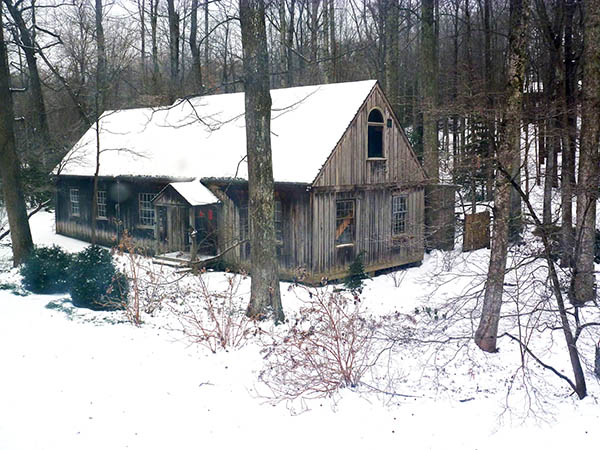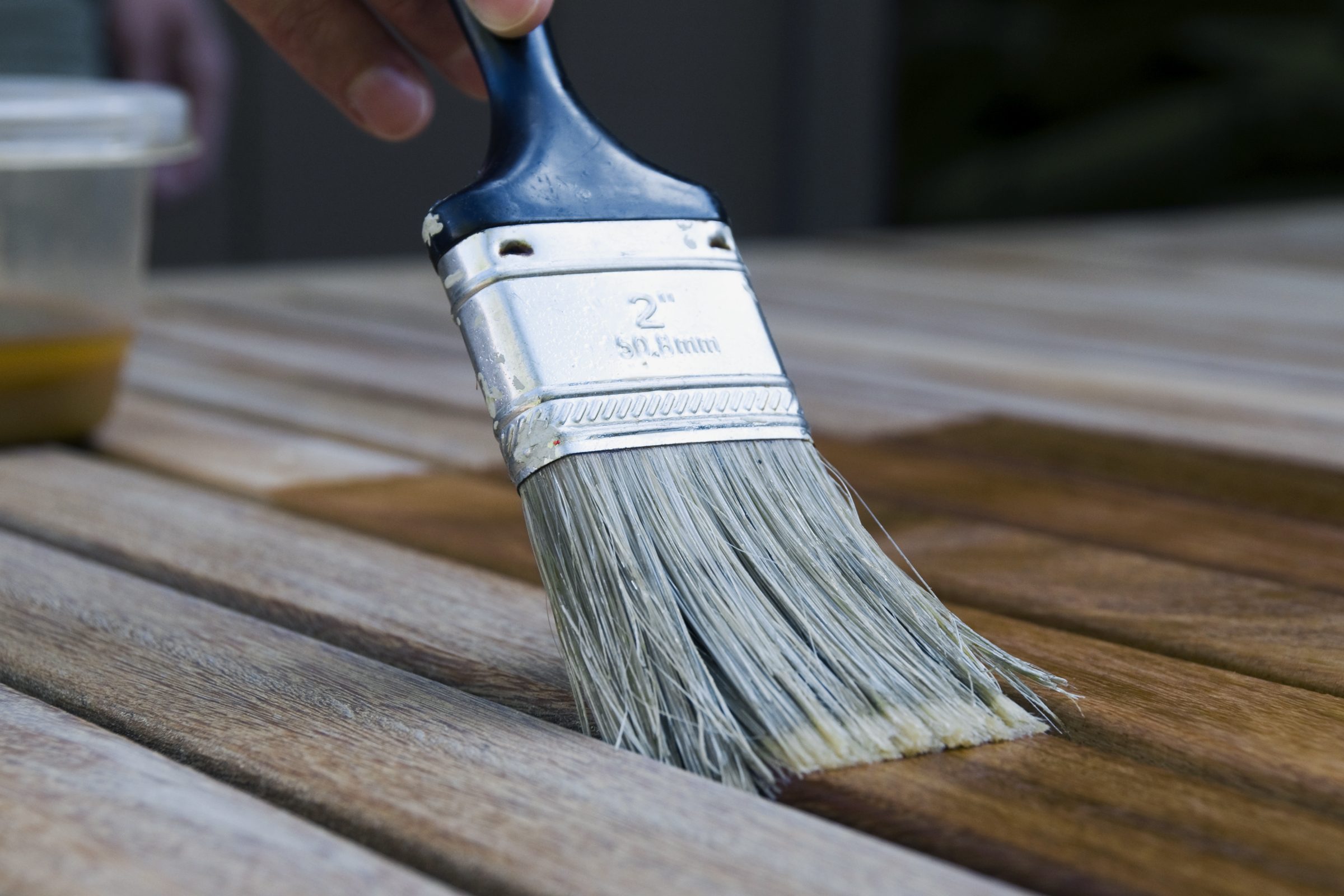Hey there! Wondering if you can pursue your woodworking hobby even in cold weather? Well, you’ve come to the right place! In this article, we’ll explore the exciting world of woodworking in chilly temperatures. So, can you woodwork in the cold? Let’s find out!
When the temperatures drop, many outdoor activities might seem less appealing. But woodworking doesn’t have to be one of them! Whether you have a project you’re keen to finish or you simply enjoy the therapeutic nature of woodworking, there are ways to pursue your passion even when it’s chilly outside.
In this comprehensive guide, we’ll discuss the impact of cold weather on woodworking materials, tools, and techniques. You’ll discover helpful tips on managing temperature-sensitive materials, keeping your tools in top shape, and ensuring the best results for your projects. So, grab a warm cup of cocoa and join us as we venture into the world of woodworking in the cold!
Woodworking in the cold can be challenging, but with the right precautions, it is possible. Cold temperatures can affect the performance of certain adhesives and finishes, so it’s important to choose appropriate materials. Additionally, wearing warm clothing and using insulated tools can help minimize discomfort. Make sure your workspace is well-heated and properly ventilated. By taking these steps, you can continue your woodworking projects even in cold weather.

Woodworking in the Cold: Is It Possible?
Woodworking is a beloved hobby for many, but what happens when the chilly winter months roll in? Can you continue your woodworking activities in the cold? In this article, we will explore the challenges and considerations of woodworking in low temperatures, as well as provide tips and techniques to help you pursue your craft even when the weather is less than ideal.
The Effects of Cold Temperatures on Wood and Tools
Cold temperatures can have various effects on both wood and woodworking tools. For starters, wood is a natural material that can expand or contract depending on temperature and humidity levels. In colder environments, wood tends to shrink, which can lead to issues such as loose joints or warping. Additionally, cold temperatures can make wood more brittle and prone to cracking, which can be problematic when working with delicate or intricate pieces.
When it comes to tools, extreme cold can also impact their performance. Metal tools, for instance, become harder and more brittle in low temperatures. This can increase the risk of breakage or damage to the tools, especially if they are exposed to rapid temperature changes. It’s crucial to take these factors into account and adapt your woodworking techniques accordingly when working in cold conditions.
Despite these challenges, it is still possible to pursue woodworking in the cold. With the right precautions and adjustments, you can continue to enjoy your craft and create beautiful pieces even during winter months.
Precautions and Tips for Woodworking in the Cold
1. Temperature Control:
One of the most effective ways to mitigate the challenges of woodworking in the cold is to establish a controlled environment. If feasible, consider setting up a heated workshop or utilizing radiant heaters to maintain a consistent temperature. This will help stabilize the wood and minimize the risk of contraction, warping, or cracking.
2. Acclimate the Wood:
Prior to working on a project, allow the wood to acclimate in the workshop for a sufficient amount of time. This allows the wood to adjust to the temperature and humidity levels of the space, reducing the chances of issues during the woodworking process.
3. Insulate Your Tools:
When not in use, keep your tools in insulated containers or toolboxes to protect them from extreme temperatures. This will help prevent the tools from becoming too cold, reducing the risk of brittleness and potential damage.
4. Adjust Techniques and Tool Usage:
Consider adapting your woodworking techniques to accommodate for the cold. For example, use slower cutting speeds to reduce friction and minimize heat generated during the cutting process. You can also lubricate your tools to prevent them from freezing or sticking in colder temperatures. These adjustments can help maintain the integrity of the wood and prolong the life of your tools.
Benefits of Woodworking in Cold Weather
While woodworking in cold weather may present some challenges, there are also several benefits to consider:
- Less risk of wood expanding due to high humidity levels
- Reduced likelihood of moisture-related issues, such as warping or mold
- Opportunity to work on indoor projects during cold outdoor months
Tools for Cold Weather Woodworking
Investing in the right tools can greatly enhance your woodworking experience in cold weather. Here are a few tools that can be particularly useful:
1. Moisture Meter:
A moisture meter is a handy tool that allows you to measure the moisture content of the wood. This can help determine if the wood is properly acclimated and determine if it is suitable for woodworking in colder temperatures.
2. Heated Glue Gun:
A heated glue gun is ideal for cold weather woodworking as it provides a consistent and reliable heat source for gluing and bonding materials. This can prevent issues such as glue drying too quickly or not adhering properly in colder temperatures.
3. Insulated Work Gloves:
Insulated work gloves are essential for protecting your hands from the cold while working. Look for gloves that provide both warmth and dexterity to ensure comfortable and safe woodworking sessions.
Conclusion
Woodworking in the cold weather is entirely possible with the right precautions and adjustments. By considering the effects of cold temperatures on wood and tools, taking necessary precautions, and investing in the right tools, you can continue to pursue your woodworking hobby during winter months. With careful planning and adaptations, you can create beautiful pieces even in freezing temperatures. Embrace the challenges and enjoy the unique experience of woodworking in the cold!
Key Takeaways: Can You Woodwork in the Cold?
- Woodworking in the cold is possible, but it can pose challenges.
- Cold temperatures can affect the wood and its ability to be shaped and glued together.
- Using insulated gloves and warming up the workspace can help with cold weather woodworking.
- It is important to pay attention to the moisture content of the wood in cold conditions.
- Preventing condensation on the tools and equipment is crucial to avoid rusting.
Frequently Asked Questions
Thinking about woodworking in colder temperatures? Here are some questions and answers to guide you through the process!
1. What are the challenges of woodworking in the cold?
Woodworking in the cold presents a few challenges. Firstly, the cold weather can affect the performance and stability of wood. It can cause the wood to contract and become more brittle, which may affect the quality and durability of your woodwork. Secondly, the cold temperatures can make it uncomfortable to work, especially if you’re working outdoors or in unheated spaces. Lastly, certain adhesive materials and finishes may not work as effectively in colder temperatures.
Despite these challenges, woodworking in the cold is still possible with proper precautions and adjustments. By understanding how the cold impacts your materials and making the necessary adaptations, you can still achieve great results.
2. How can I protect wood from the cold?
To protect wood from the cold, there are a few steps you can take. First, make sure the wood is properly dried and seasoned before starting any woodworking projects in the cold. This will help minimize the wood’s vulnerability to contracting or warping. Applying a protective finish, such as varnish or a weather-resistant sealant, can also help shield the wood from the cold and prevent moisture from seeping in.
Additionally, it’s advisable to keep your woodworking projects in a climate-controlled environment. If that’s not possible, try to minimize temperature fluctuations by insulating the working area or using portable heaters. Lastly, consider adjusting your woodworking techniques to accommodate colder temperatures. For example, using clamps or glue with a longer setting time can be helpful in colder conditions.
3. Can I use certain types of wood for woodworking in the cold?
Yes, certain types of wood are more suitable for woodworking in the cold than others. Hardwoods like oak, maple, and cherry are generally more resilient and less prone to contraction and warping in colder temperatures. These woods have denser cell structures, making them more stable when exposed to temperature changes.
On the other hand, softer woods like pine or cedar may be more susceptible to the effects of cold weather. If you’re working with softer woods, it’s crucial to take extra precautions, such as thorough seasoning and protective finishes, to minimize the impact of the cold.
4. What safety measures should I take when woodworking in the cold?
When woodworking in the cold, it’s important to prioritize your safety. Wear appropriate clothing to protect yourself from the cold, including layers, gloves, and hats. Cold temperatures can affect your dexterity, so be extra cautious when handling tools and equipment.
Consider using insulating gloves to maintain a good grip on tools and reduce the risk of injury from cold exposure. Ensure your working area is well-lit to minimize the chances of accidents. Lastly, be mindful of how the cold weather may affect the performance of your tools and equipment, and take appropriate measures to adjust your woodworking techniques accordingly.
5. Are there any advantages to woodworking in the cold?
While woodworking in the cold presents challenges, there are also potential advantages. For one, the cold weather can slow down the drying process of certain adhesives, giving you more time to work and adjust your project. Additionally, if you’re working with certain types of wood that require lower humidity levels, the colder temperatures can provide an optimal environment for woodworking.
Moreover, if you’re working outdoors, the cold weather may offer a quieter and more peaceful environment, allowing you to focus and concentrate on your woodworking projects without distractions. However, it’s important to remember that woodworking in the cold requires additional precautions and adjustments to ensure the best results.

Cold temperatures affect the strength of your glue. #woodwork #woodglue #titebond
Summary
Woodworking in cold weather is possible, but there are a few things to consider. Firstly, cold temperatures can affect the effectiveness of some glues and finishes, so it’s important to choose the right materials. Secondly, the cold can make wood more brittle and prone to cracking, so take extra care and avoid using excessive force. Lastly, working in a cold workshop can be uncomfortable, so dress warmly and consider heating options. With these precautions, you can continue woodworking even in chilly temperatures.
In conclusion, while woodworking in the cold requires some adjustments, it can still be done safely. By using the appropriate materials, being cautious with fragile wood, and staying warm, you can continue pursuing your woodworking projects no matter the weather. So don’t let the cold stop you from creating something amazing with wood!
